We use cookies to make your experience better. To comply with the new e-Privacy directive, we need to ask for your consent to set the cookies. Learn more
Why is Hoof Care Important?
Why does your horse need hoofs trimmed every six weeks- and a free, in the wild horse is better off without visting the farrier? In celebration of National Farrier’s Week July 8-14, we would like to discuss how important hoof care is for horses and how a regular appointment with a farrier is necessary to promote sound health for these animals.
Without healthy hooves, a horse can be considered handicapped. Fortunately, farriers exist to provide regular maintenance for their hooves, and together with proper equine management practices, a horse can keep living a sound life all throughout.
The Horse and Its Hooves
Horses have been traveling in different climates over various types of terrain for many years. With this, their hooves become tougher and more resistant to abrasion. The hooves wear evenly and the normal growth can compensate for the wear.
Wild horses uphold similar lifestyle as those of the prehistoric ones but those that are domesticated in farms do not. Our domesticated horses usually spend their time in their stalls, and when they do get the opportunity to go out for a walk, it would only be for a short period of time. In this case, the hooves do not grow so long because they do not wear away as much as a free -wild horse. The hooves tend to grow and wear unevenly becoming imbalanced, which causes
Age
The young foal should be assessed by a veterinarian and meet the farrier during its first few weeks to check if the hooves are in good condition or need special attention. The foal is better off barefoot until different activities call for hoof care that provides added protection, support, and traction.
Growth of Hooves
A horse’s hoof grows ¼-inch every month; if the growth is too long, the hooves could crack and break off into pieces. This is the reason why barefoot horses should have their hooves trimmed every 6 weeks.
Hoof Conformation
Hoof conformation is unique for every horse and it varies among different breeds and the individual horse in a particular breed. If you notice that your horse’s hooves are smooth and tough, much like wild horse’s, he can go on without any shoes. However, if you observe that it has weak hooves that tend to grow long toes and cracks easily, your horse should have the shoes to live a sound life.
Keep in mind that even if your horse has shoes, the hooves can still grow and they tend to grow faster at the site of the toe than the heel. This is the reason why you need to meet with your farrier about every six weeks so he can take off the shoes and trim the hooves, and put on new shoes. If your horse is left with shoes for too long without removing , hoof problems could occur.
Sufficient Traction
Barefoot horses have better traction, ideal for pleasure riding on different terrain. Shoes can alter the traction for different equestrian events. If traction is not at its sufficient level, injuries to tendons, ligaments, and joints may result. Consult your farrier on which shoes offer the best traction for the kind of activity that your horse is mostly exposed to.
Wear and Tear
Your horse can suffer from abscesses and painful bruises especially if it wears the hooves too short. The shoes are there to protect the hooves from wear, keeping it balanced. Shoes can last for six weeks and can usually be used again, unless you are the kind that rides a lot on harsh, hard terrain.
Manage Your Horse’s Feet
Mud, pebbles, and manure could be lodged at the bottom of your horse’s hoof. As they buildup, pressure also builds up on the soles and can cause bacterial infection. This is why you also need to be responsible of picking your horse’s feet daily. Unshod hooves that are trimmed on a regular basis can clean itself as the horse moves, which makes it easy for you to pick out any dirt or debris stuck in between. However, a shod hoof can pick up more dirt tightly, making it a chore to pick out hooves.
Equine Laminitis – What Causes It and How Do You Manage It?
Additionally, horses are mostly bred to produce an offspring with the desired coat color or pattern – regardless of the hoof condition of the stallion and mare. As a result, genetics takes over with poor hoof condition passed on to the young.
When designing a hoof care program, there are points that you need to consider, and you also need to decide whether your horse needs to have a shoe or is better of barefoot.
Humans are responsible for domesticating horses – horses were better off without any shoes or trimming. But as we make them adapt to our lifestyle, it should also be our responsibility to take care of them, and in this case, make sure that they receive proper and regular hoof care so they can live comfortable and healthy lives.

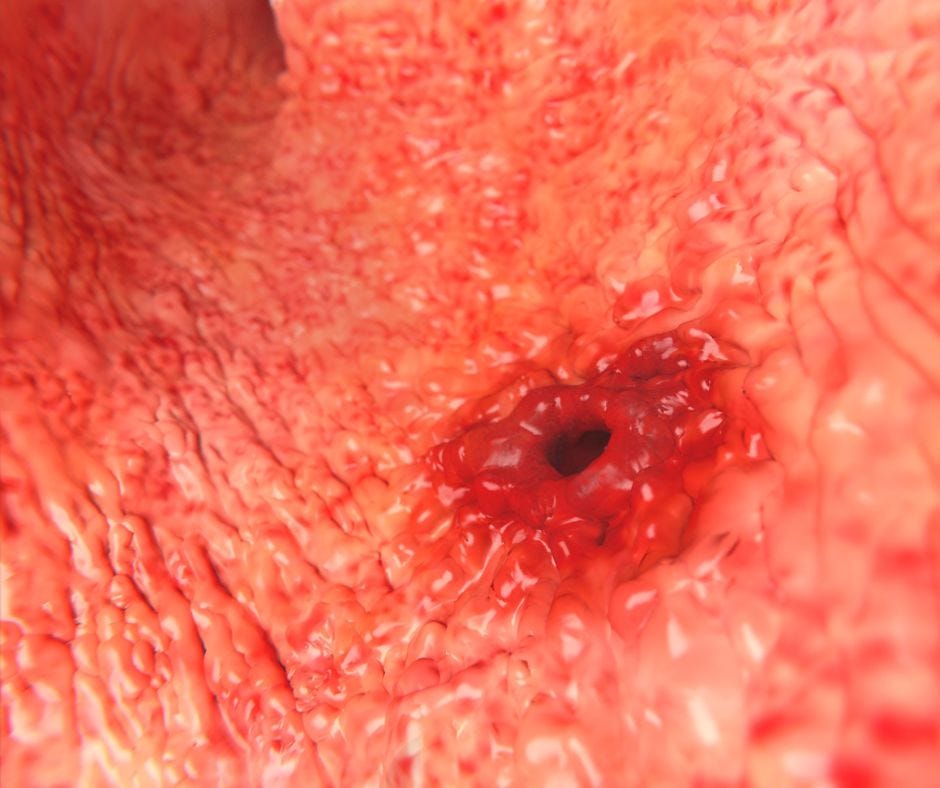
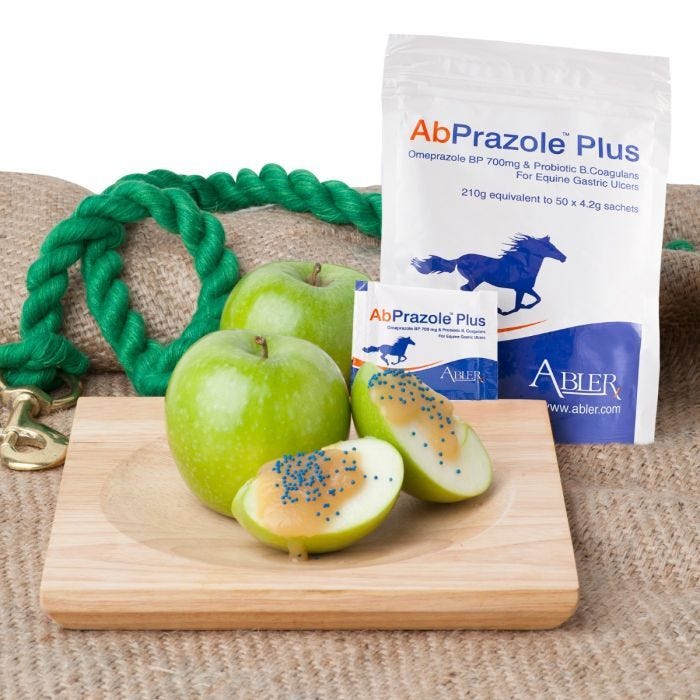
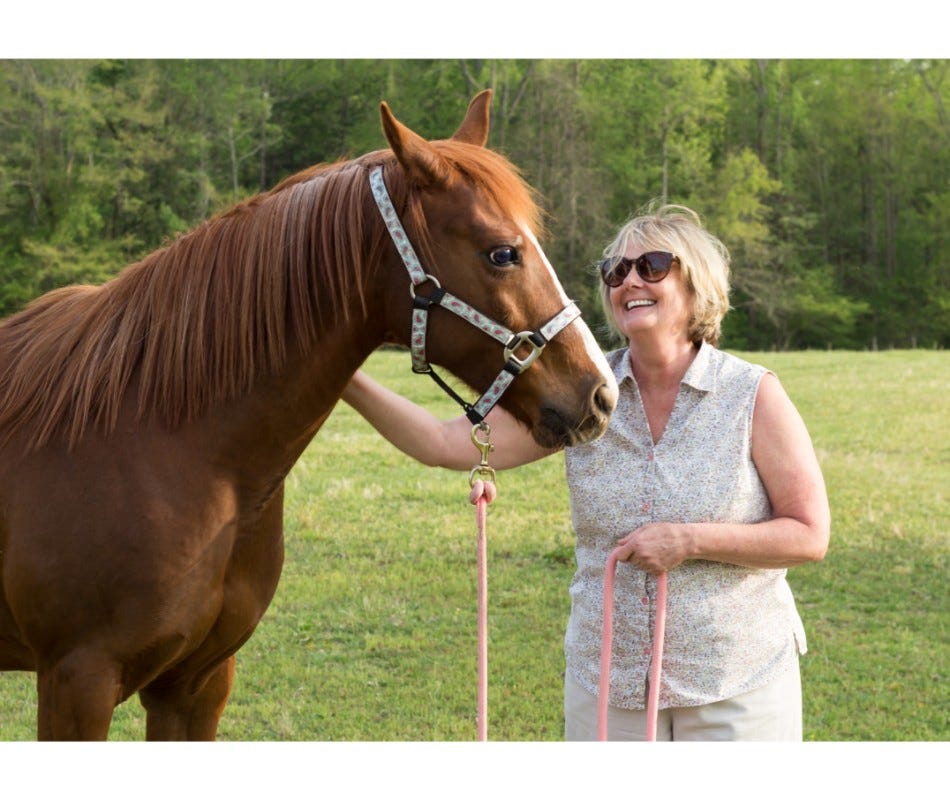
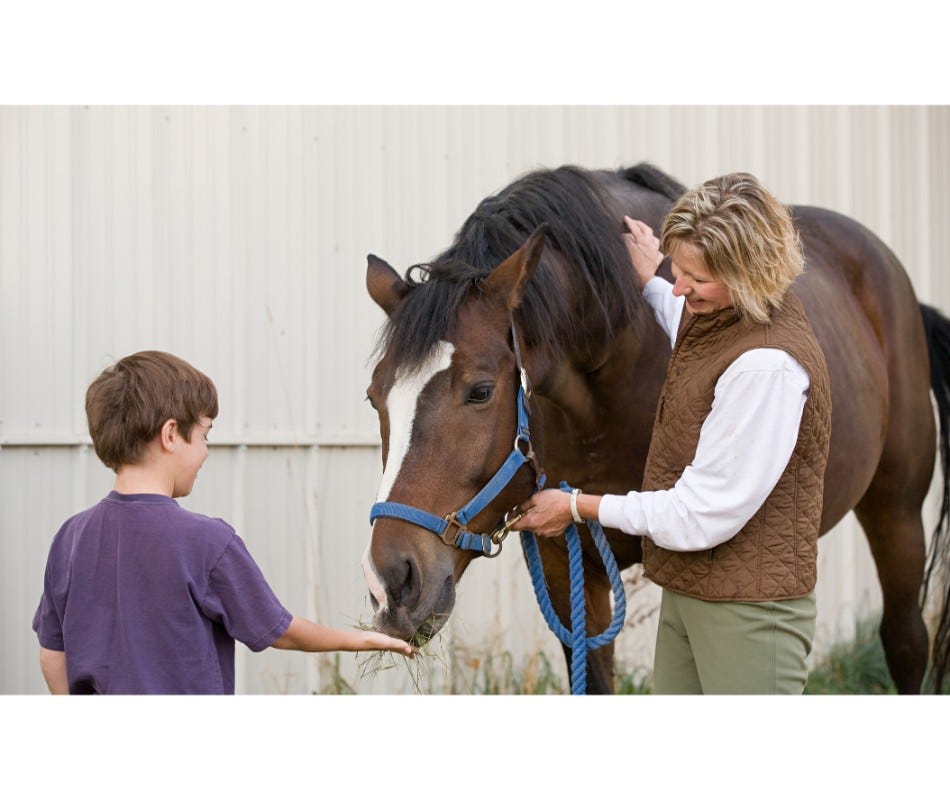
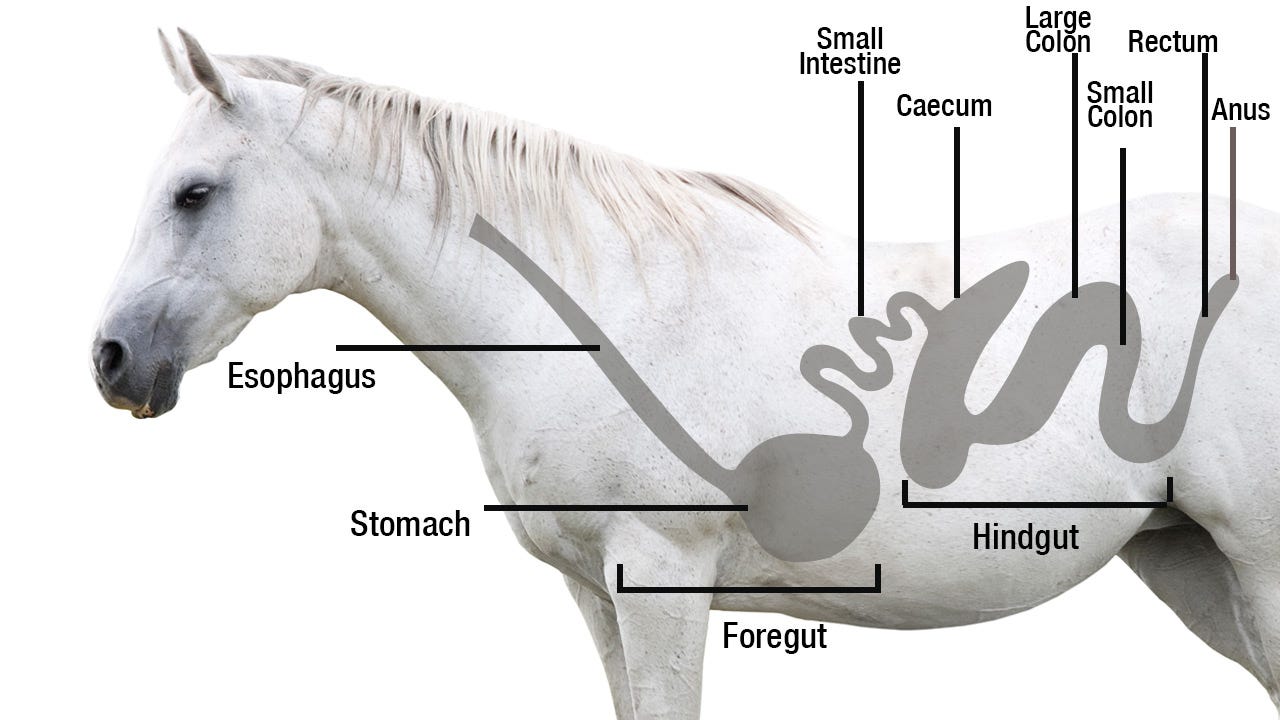
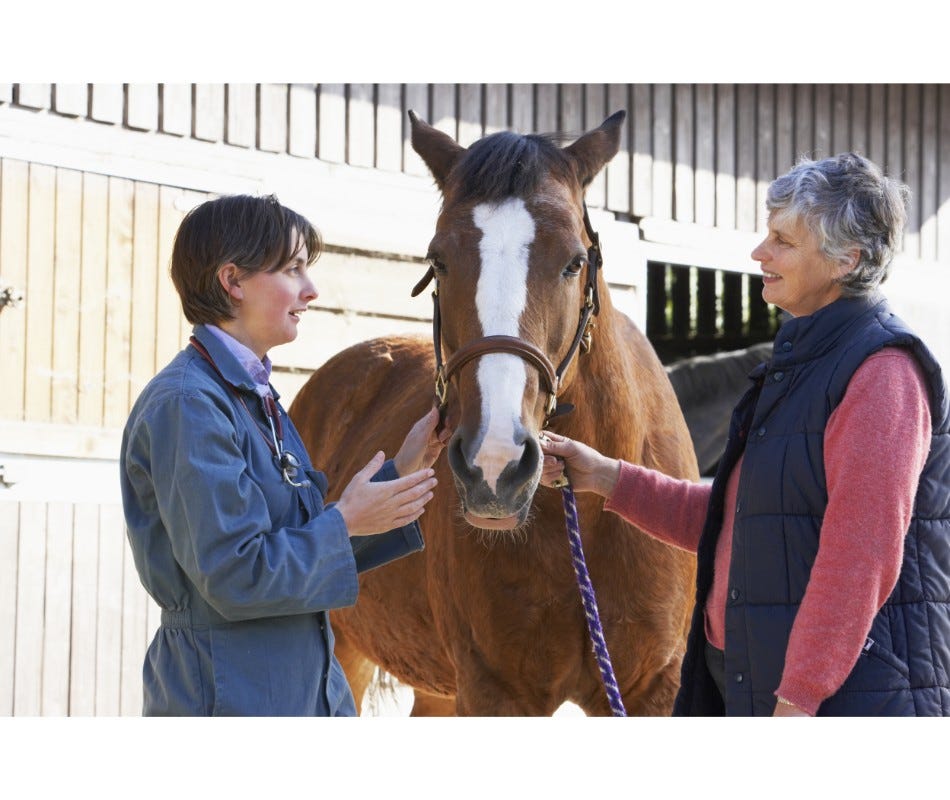
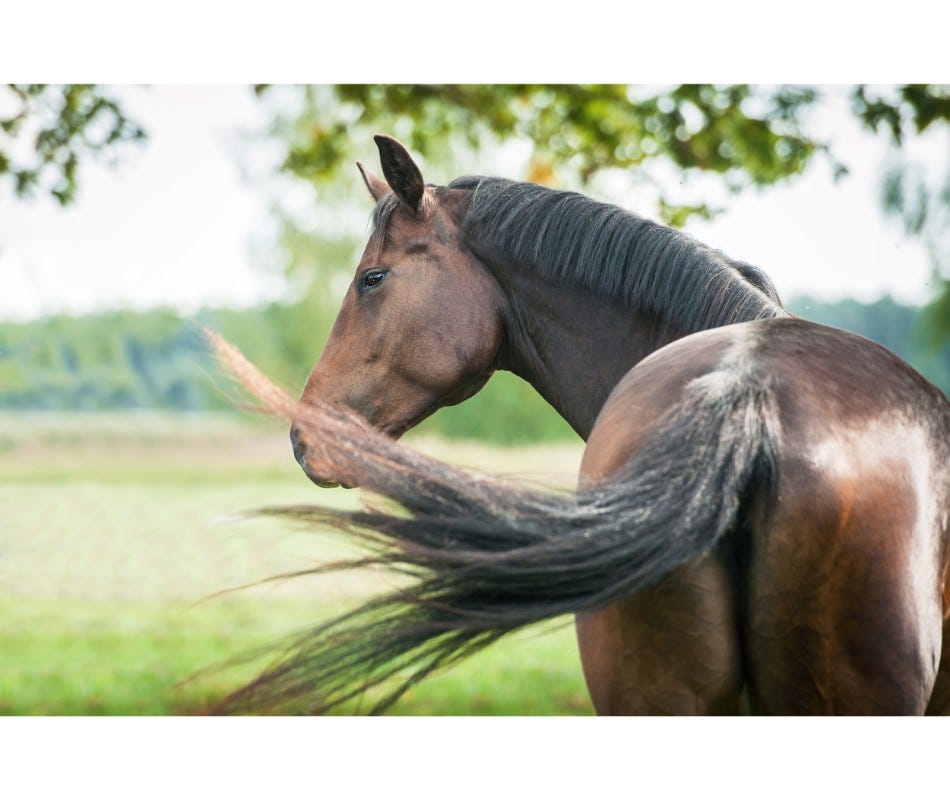
Validate your login